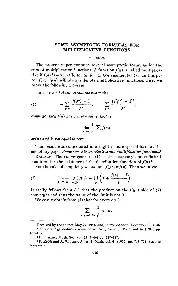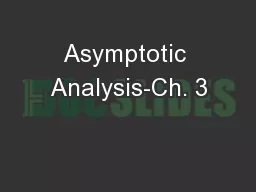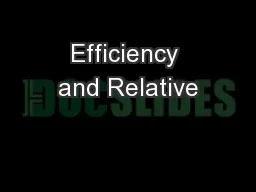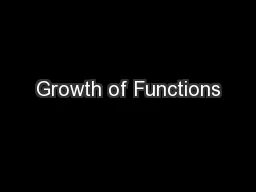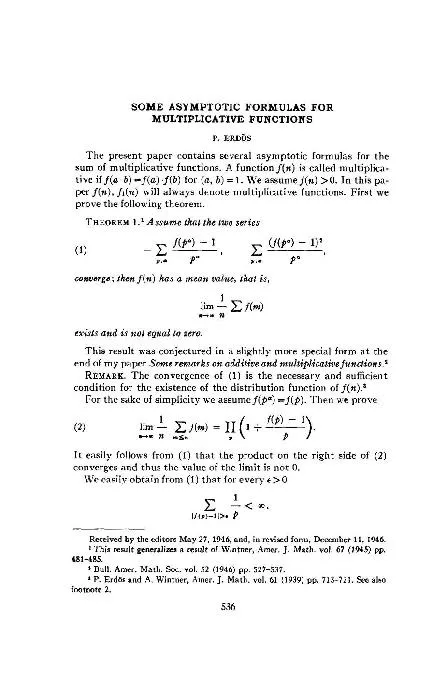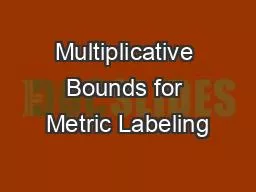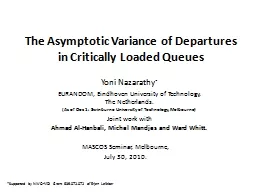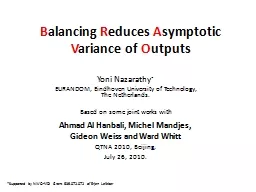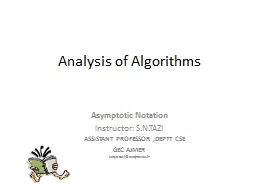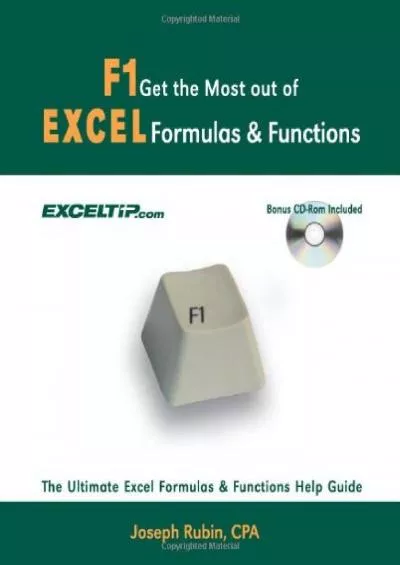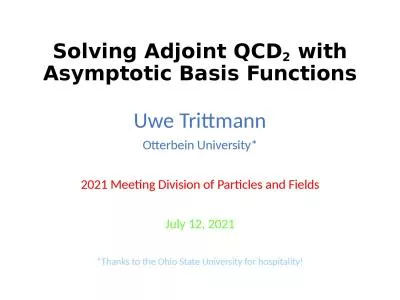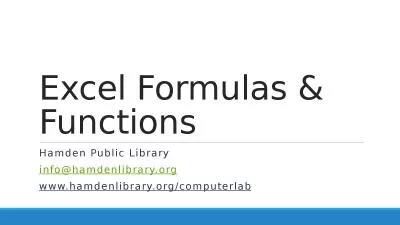PDF-SOME ASYMPTOTIC FORMULAS FOR MULTIPLICATIVE FUNCTIONS
Author : pamella-moone | Published Date : 2015-12-08
P ERDiiS The present paper contains several asymptotic formulas for the sum of multiplicative functions A functionfn is called multiplica tive if THEOREM converge
Presentation Embed Code
Download Presentation
Download Presentation The PPT/PDF document "SOME ASYMPTOTIC FORMULAS FOR MULTIPLICAT..." is the property of its rightful owner. Permission is granted to download and print the materials on this website for personal, non-commercial use only, and to display it on your personal computer provided you do not modify the materials and that you retain all copyright notices contained in the materials. By downloading content from our website, you accept the terms of this agreement.
SOME ASYMPTOTIC FORMULAS FOR MULTIPLICATIVE FUNCTIONS: Transcript
Download Rules Of Document
"SOME ASYMPTOTIC FORMULAS FOR MULTIPLICATIVE FUNCTIONS"The content belongs to its owner. You may download and print it for personal use, without modification, and keep all copyright notices. By downloading, you agree to these terms.
Related Documents

